Join our waitlist to access exclusive pre-sale tickets, premium VIP hospitality offerings, celebrity entertainment updates, wagering promotions, expert picks, and more.
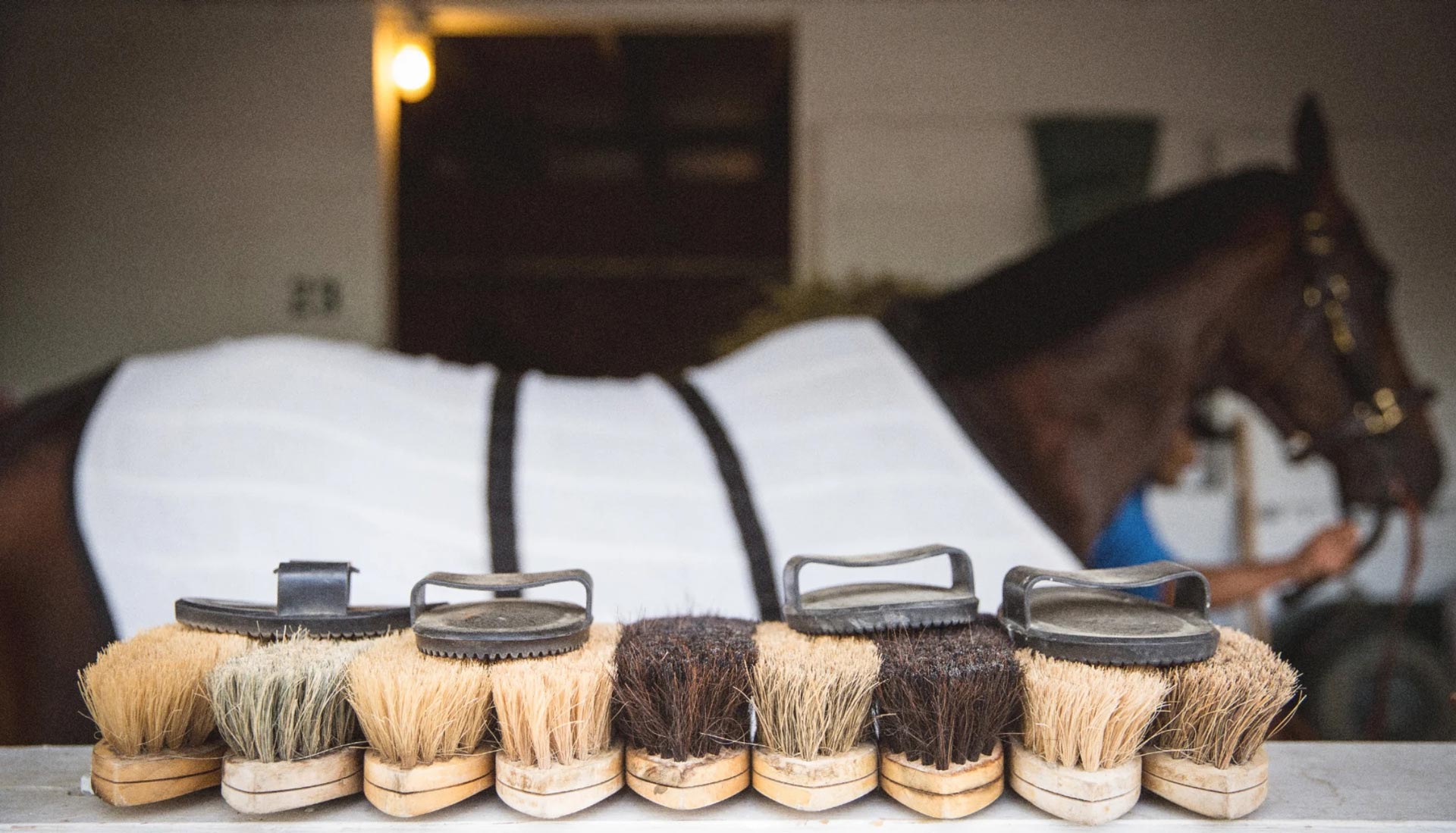
Horse Care
Santa Anita Park and 1/ST are committed to being at the forefront of horse and rider welfare as we take horse racing into the modern era and beyond.

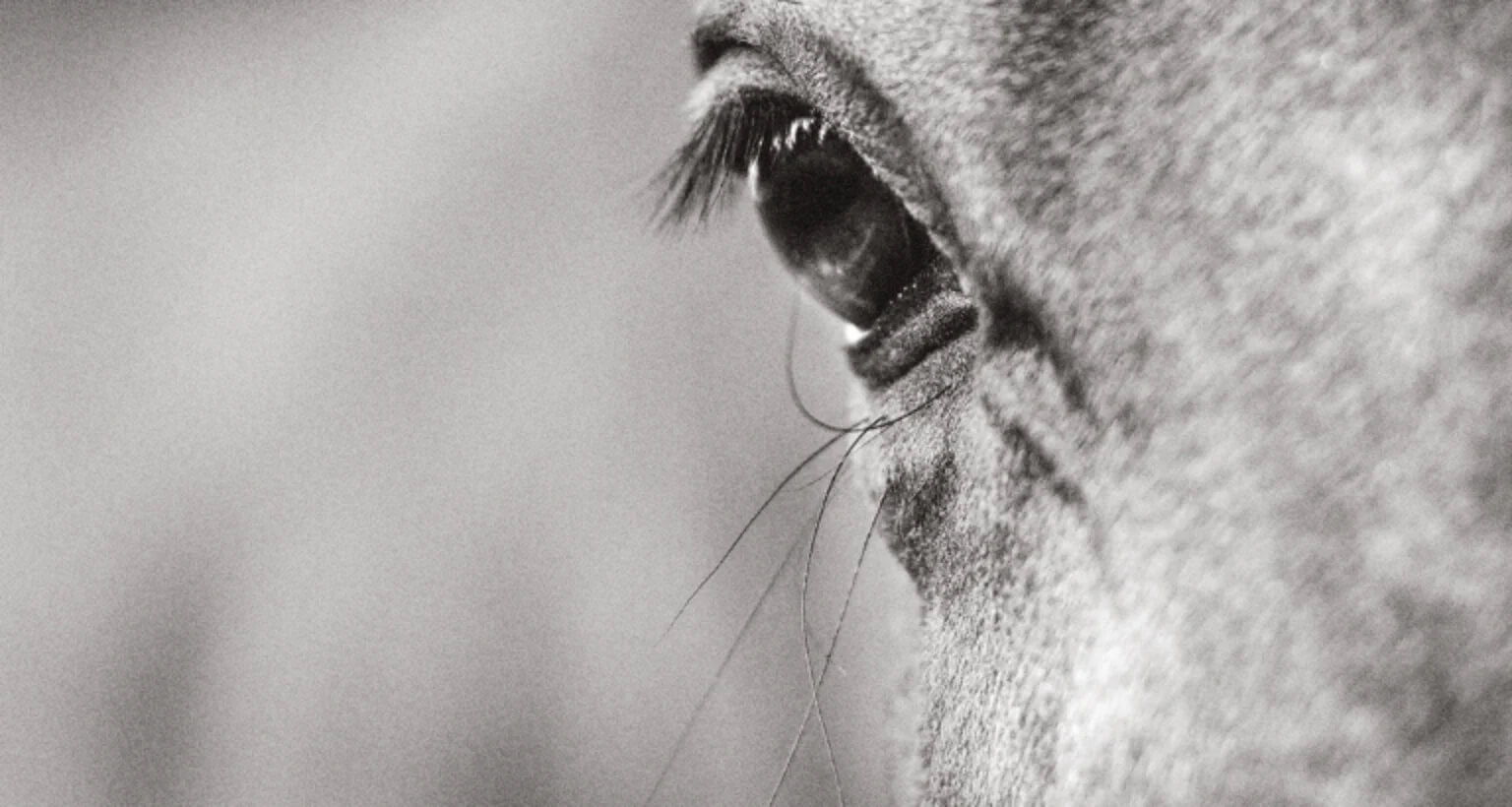
Our Commitment
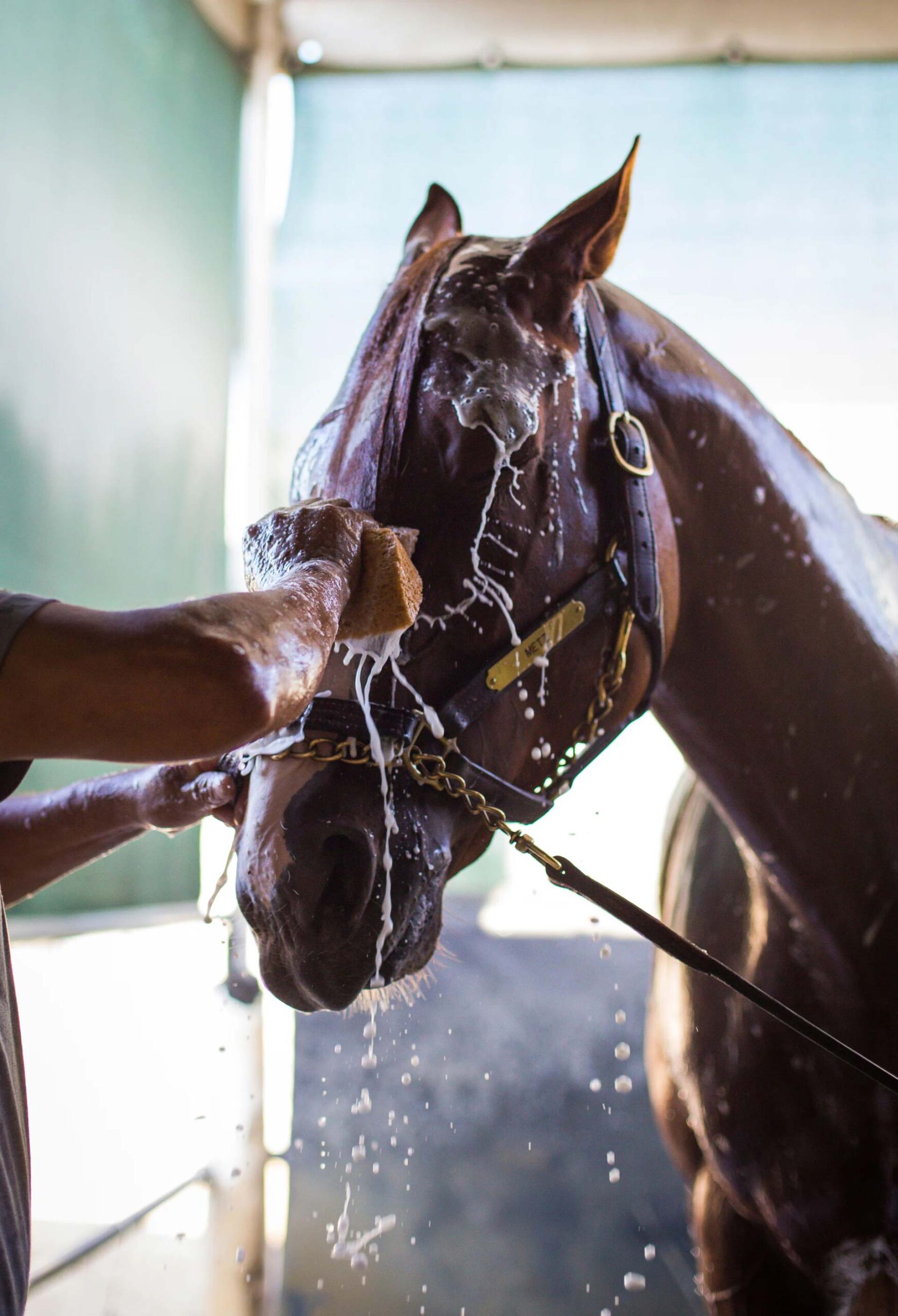
SANTA ANITA HAS THE MOST RIGOROUS MEDICATION POLICIES WITHIN THE U.S.
The Stronach Group & Santa Anita Park proposed, and the California Racing Board (CHRB) approved, substantial regulatory changes to promote the welfare and safety of the horse.
Recent Medication Reforms Adopted & Enforced by CHRB and Santa Anita Park
- Strict limitations on the use of any pain or anti-inflammatory medication and treatment, including legal therapeutic NSAIDS, joint injections, shockwave therapy, and anabolic steroids.
- No therapeutic medications or treatments will be allowed without a qualified veterinary diagnosis from a state-licensed veterinarian.
- Horses race without race-day medication, with the exception of Lasix which is now a maximum of 50% of the previous levels (early 2019). Furthermore, two-year-old horses will race medication-free (including Lasix). All Graded Stakes races and the majority of the remaining stakes races are run without race day medication. The ultimate goal of 1/ST Racing is to prohibit all race-day medications consistent with international racing standards.
- Significant and strict out-of-competition testing.
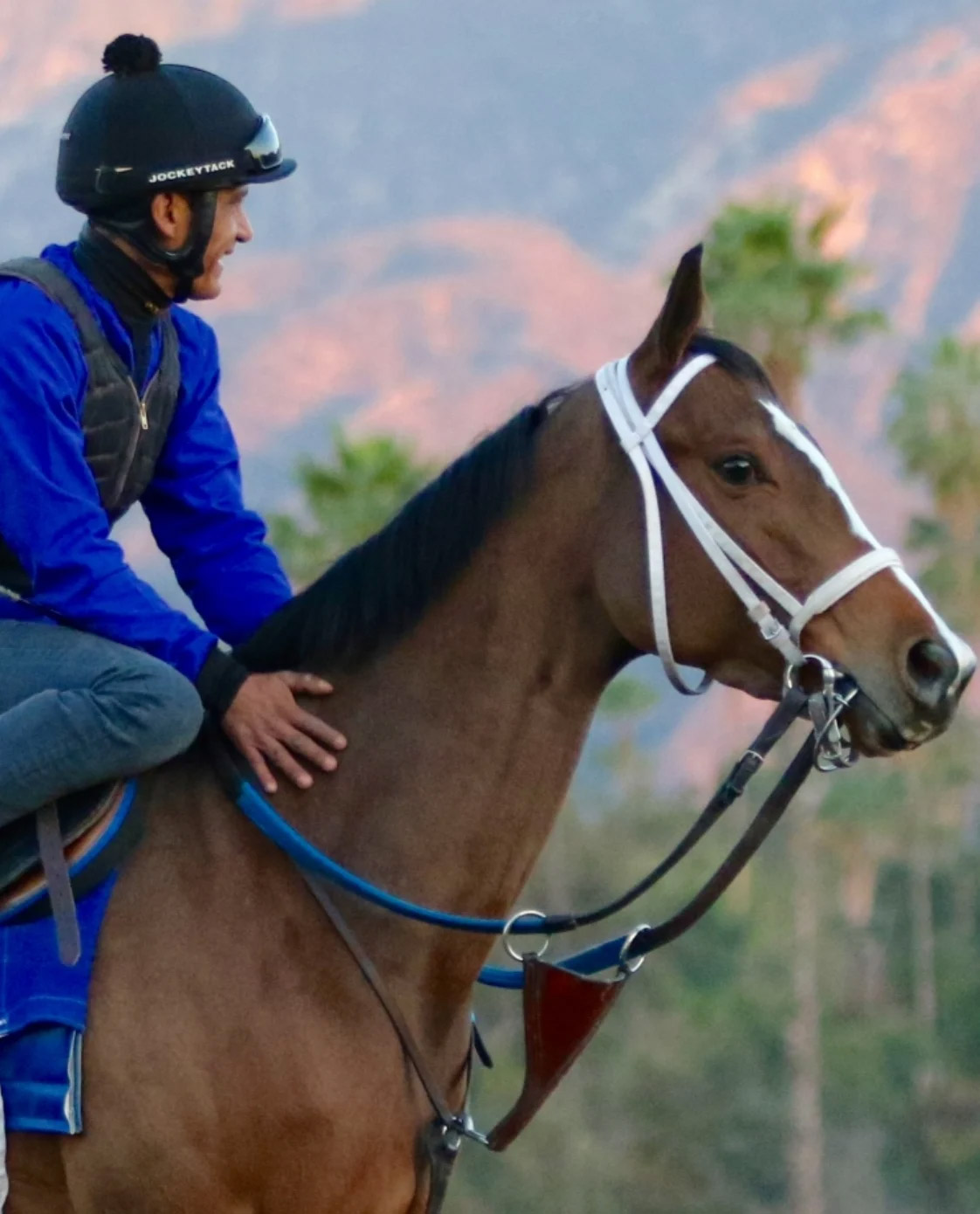
TRAINING & RACING POLICY REFORMS
INTRODUCED IN 2019
Santa Anita Park has enacted the following house rules and policy procedures to manage the hundreds of thousands of gallops, works, or races at Santa Anita every year.
- Trainers must apply for permission to work a horse (a timed, high-speed training exercise) at least 48 hours in advance.
- Horses are now required to be on-site for an increased length of time prior to a race.
- Creation of the position of Chief Veterinary Officer and hiring Dr. Dionne Benson, a uniquely qualified and world-renown veterinarian, to fill that position.
- A $500,000 investment by The Stronach Group towards the purchase of a cutting-edge PET scan for the early detection of pre-existing conditions.
- Trainers must now submit pre-entry vet forms to the Racing Office before they wish to enter a horse for a near future race day in order for the veterinary staff to have even more time to identify any questionable horse.
- Primary financial support for the California Retirement Management Account (CARMA), which grants funding to accredited Thoroughbred Aftercare organizations to retrain, rehome and retire Off-Track Thoroughbreds once their racing careers are over.
- Continued commitment to the daily inspection of the main track and turf course while working with internationally renowned independent track surface experts to ensure the safest racing surfaces possible.
- The Stronach Group, including Santa Anita, is a member of the Thoroughbred Safety Coalition composed of organizations that have individually led the horse racing industry in modernizing the sport. Learn more about the Thoroughbred Safety Coalition.
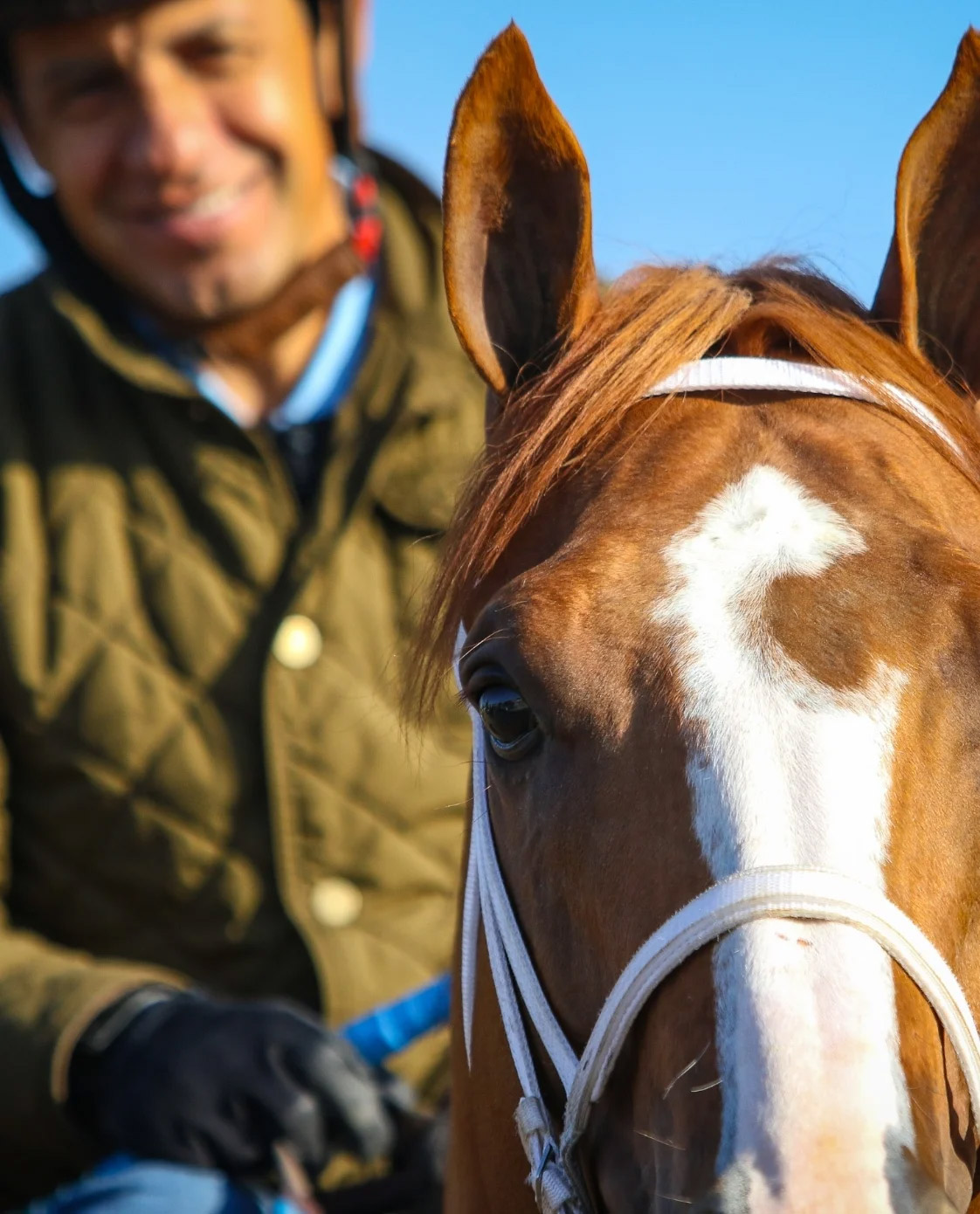
A ROBUST VETERINARY TEAM ON-SITE AND ON-CALL
Santa Anita Park coordinates with the California Horse Racing Board and the California State Equine Medical Director to ensure ample practicing veterinarians are on-track during any racing and/or training days.
The CHRB provides and appoints an ‘Official Veterinarian’ who manages the CHRB veterinary staff, the Receiving Barn testing facility and also maintains all practices and procedures to ensure compliance with those practices and procedures set forth by the CHRB and the state’s Equine Medical Director.
Santa Anita Park employs a ‘Track Veterinarian’ that works closely with the state’s Equine Medical Director and the Official Veterinarian on staff to ensure all CHRB approved practices and procedures are followed. The Track Veterinarian is on-site for all pre-race checks, pre-race activity of horses involved in each race and also follows each race field in a truck equipped with veterinary supplies needed should an incident occur to ensure the quickest and best possible response.
In April 2019, The Stronach Group announced that Dr. Dionne Benson, DVM, JD, will serve as the group’s chief veterinary officer. For the past seven years, Benson has been the executive director and chief operating officer for the Racing Medication and Testing Consortium.
Dr. Benson directs safety, welfare, and veterinary research and initiatives for Stronach Group facilities across the country, including, Santa Anita Park and Golden Gate Fields (California), Gulfstream Park (Florida), and Pimlico Race Course and Laurel Park (Maryland).
Santa Anita Park also employs supporting veterinary staff whose sole job it is to look for and examine at-risk or questionable horses, whether that be in training, in a workout, or on a race day.
Pre-race exams: The Official and Track veterinarians perform pre-race exams of every horse the morning the horse is to race. The exam, which takes place with the trainer at the horse’s barn, is to determine the horse’s soundness to race. The exam includes observing the horse while being jogged and examining the horse’s legs, attitude and demeanor all while referencing past race-day exam information provided by the state’s official vet office records.
During the races: Every horse set to race visits the Receiving Barn to have blood taken to assess TC02 levels and have their tattoo and markings checked before being allowed to move on to the paddock. Once horses leave their barn they are under the care of the CHRB appointed Official veterinarian during this time. Once they leave the Receiving Barn, the Track’s vet takes over and is stationed in the Paddock to observe the horses before each race. He or she continues to monitor the horses during the post parade and while they are loaded into the starting gate. A jockey who questions the condition of his or her mount can communicate concerns to the Track veterinarian, who will assess the horse and can communicate a late scratch up until the last moment directly to the track Stewards.
Post-race exam: After the horses are unsaddled on the track near the Winner’s Circle, the Track veterinarian continues to observe the horses until they are led off the track. Santa Anita Park has water available to cool a horse that might be overheated and hoses are stationed along the route back to the barns in case any over-heating occurs on the walk home as well. Certain horses return to their barns while others, picked out by the Stewards, return immediately to the Receiving Barn to await urine and blood testing that will be sent to the state accredited laboratory for full testing. These horses are once again under the watchful eye of the Official vet under they are released to return back to their barns with their grooms and stable staff members.
Veterinarians’ List: The CHRB maintains an ongoing hard-copy and digital record of horses that are ineligible to enter a race as a result of illness, injury, unsoundness or other medical condition. Horses are only released from this list by authorization of the CHRB Official veterinarian and consulting private veterinarians as well in some cases. Some conditions, like unsoundness, require a timed workout in front of the Official vet and a passing a blood test to be removed from the list. This process provides the CHRB with more information of a horses overall condition that made its way onto a vet’s list at any time.
On-Site Veterinary Services:
SURGERY
ENDOSCOPY
RADIOLOGY
NUCLEAR MEDICINE
LABORATORY
MILE-PET scan machine: As a part of its ongoing commitment to modernize the sport of horse racing and to promote the health and safety of the equine athletes to the highest possible standards, The Stronach Group has invested $500,000 to support the purchase of the cutting-edge Longmile Positron Emission Tomography (MILE-PET) Scan machine that provides imaging of the fetlock (ankle) joint without the risks of general anesthesia. “The Stronach Group is committed to doing what we can to provide horseman with access to resources that will help them to better assess the health and fitness of horses in their care,” said Belinda Stronach, Chairman and President, The Stronach Group. “We continue to make progress with the installation of the MILE-PET scan machine at Santa Anita. This state of-the-art technology reflects a new standard of care within Thoroughbred racing –a standard that puts the health and safety of horses and riders first.”
For updated statistics and information, visit here.
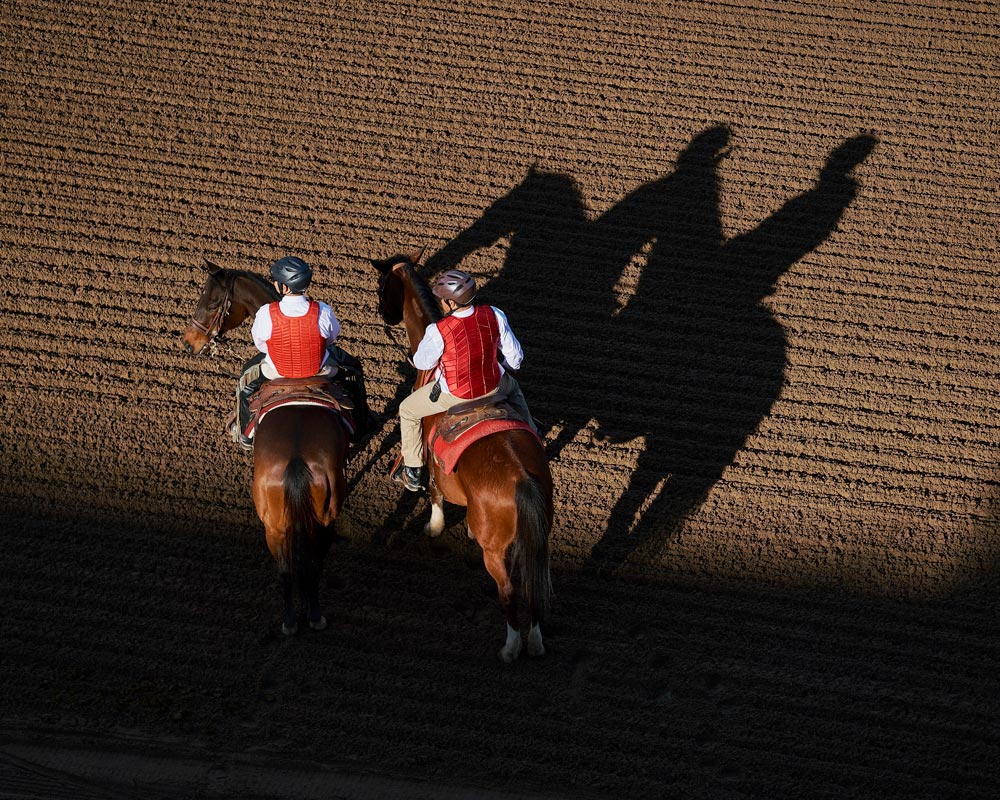
THE CALIFORNIA HORSE RACING BOARD
The mission of the California Horse Racing Board (CHRB) is to ensure the integrity, viability, and safety of the California horse racing industry by regulating pari-mutuel wagering for the protection of the public, promoting horse racing, breeding, and wagering opportunities, and fostering safe racing through the development and enforcement of track safety standards and regulations for the health and welfare of all participants.
CHRB Safeguards:
- Safety Stewards are assigned to each racetrack to enforce rules and procedures designed to ensure the health and safety of Thoroughbreds. This responsibility requires them to spend considerable time in the stable areas and race track monitoring environmental safety and proper treatment of horses. Dangerous working conditions and/or mistreatment of animals are never tolerated.
- Any situation deemed to be placing horses or individuals at risk is corrected. All rule violations are investigated and enforcement action is taken when indicated.
- The CHRB has a specific animal welfare provision in its regulations to prosecute cruelty, mistreatment, neglect or abuse. When appropriate, cases can be, and are, referred to local law enforcement for criminal prosecution.
- The CHRB investigators are sworn police officers, whose duties include patrolling the stable areas at all California racetracks and authorized training facilities.
- Since 1992, the CHRB has contracted with the University Of California School Of Veterinary Medicine, Davis (UC Davis) to provide a veterinarian to serve as California’s Equine Medical Director (EMD). The EMD is the Board’s primary adviser on all issues related to medications, medication protocols, drug testing, out of competition testing, the practice of veterinary medicine, and the health and safety of all racehorses within CA.
- The Kenneth L. Maddy Equine Analytical Chemistry Laboratory at UC Davis is widely recognized as one of the premier testing facilities in the world and provides the CHRB with an effective drug testing program. Routine testing at Maddy exceeds “Super Test” criteria on each and every sample taken and tests for more than 1,800 substances each time. The Maddy Lab annually conducts such tests on more than 40,000 samples from racehorses in California. The lab routinely adds new drugs and analytical tests as new information becomes available. The lab has a world-renowned equine pharmacology research program.
- With funding support from The CHRB and The Jockey Club, the Maddy Lab has hired an additional chemist dedicated to the work of detecting and preventing emerging threats, such as gene doping. The work includes the development of the Athlete Biological Passport (ABP), or biomarker research. The fundamental principle of the ABP is to monitor selected biological variables over time that indirectly reveal the effects of doping rather than attempting to detect the doping substance or method itself.
- California was among the first racing jurisdictions in the United States to prohibit anabolic steroids in racing in 2008 and has adopted the national uniform medication program that restricts the use of drugs as part of the National Uniform Medication Program, including limitations on the use of corticosteroids. California was the first state to adopt a rule giving the Board authority to greatly restrict the overuse of Clenbuterol at racetracks. New amendments restricting corticosteroids and other intra-articular medications, medical record transfer for claimed horses, and expanded out-of-competition testing currently are going through the regulatory process.
- California has led the country with its rule to void claims (in-race sales) of any horse placed on the Veterinarian’s List for unsoundness or for visible bleeding following a race. This has been applauded by industry stakeholders as a major step in the prevention of unsound horses competing when they shouldn’t be.
- A CHRB rule prohibits the running of pregnant mares racing after 120 days of gestation.
- The Board has adopted the toughest rule in the country governing the use of the riding crop (whip). Construction requirements for riding crops restricting length and weight and adding foam padding requirements were added in 2010.
- Since 1990 the CHRB has contracted with UCDavis CAHFS laboratory to conduct necropsies (autopsy) on all horses dying within CHRB enclosures. Postmortem examinations have provided valuable information on how injuries occur, which has allowed the industry to use the information to reduce them. The CHRB has expanded this program to include voluntary reviews of postmortem results with the trainers of the horses and is in the process of making those reviews mandatory. UC Davis added a post-doctoral fellow specifically to work in the Necropsy Program.
- The CHRB instituted the Racing Injury Prevention Program in 2010 in partnership with UC Davis. This important research includes special initiatives, such as the requirement of a necropsy in the event of an unfortunate catastrophic injury to produce relevant data to effect change. All CA tracks participate in the national Equine Injury Database program, another source of information to monitor safety and prevent serious injuries.
- The CHRB has an ongoing Racing Safety Program. Specifically assigned safety stewards monitor track surfaces independently and work with all racing associations to maintain safe and consistent racing surfaces. They consult with Dr. Mick Peterson from the University of Maine and Dr. Susan Stover from the Veterinary Orthopedics Research Laboratory at UC Davis School of Veterinary Medicine.
- All horse entered to race undergo a pre-race examination the day of the race by the track (association) and/or CHRB official veterinarians. From the time the horses arrive at the receiving barn, through the saddling paddock, post-parade, starting gate, running of the race, and until they leave the track, the horses are under the observation of either the association or official veterinarian.
- All tracks have emergency procedures in place under the supervision of the association veterinarian, who is situated near the horses on the track during races. If necessary, or out of a preponderance of caution, horses can be transported back to their barns in specially designed equine ambulances.
- The CHRB, in collaboration with The Jockey Club and the California Department of Food and Agriculture, has adopted a rule requiring the micro-chipping of all racehorses in CA. The microchip system will greatly enhance disease control management, allow location tracking, and provide a central database for all records associated with each individual horse.
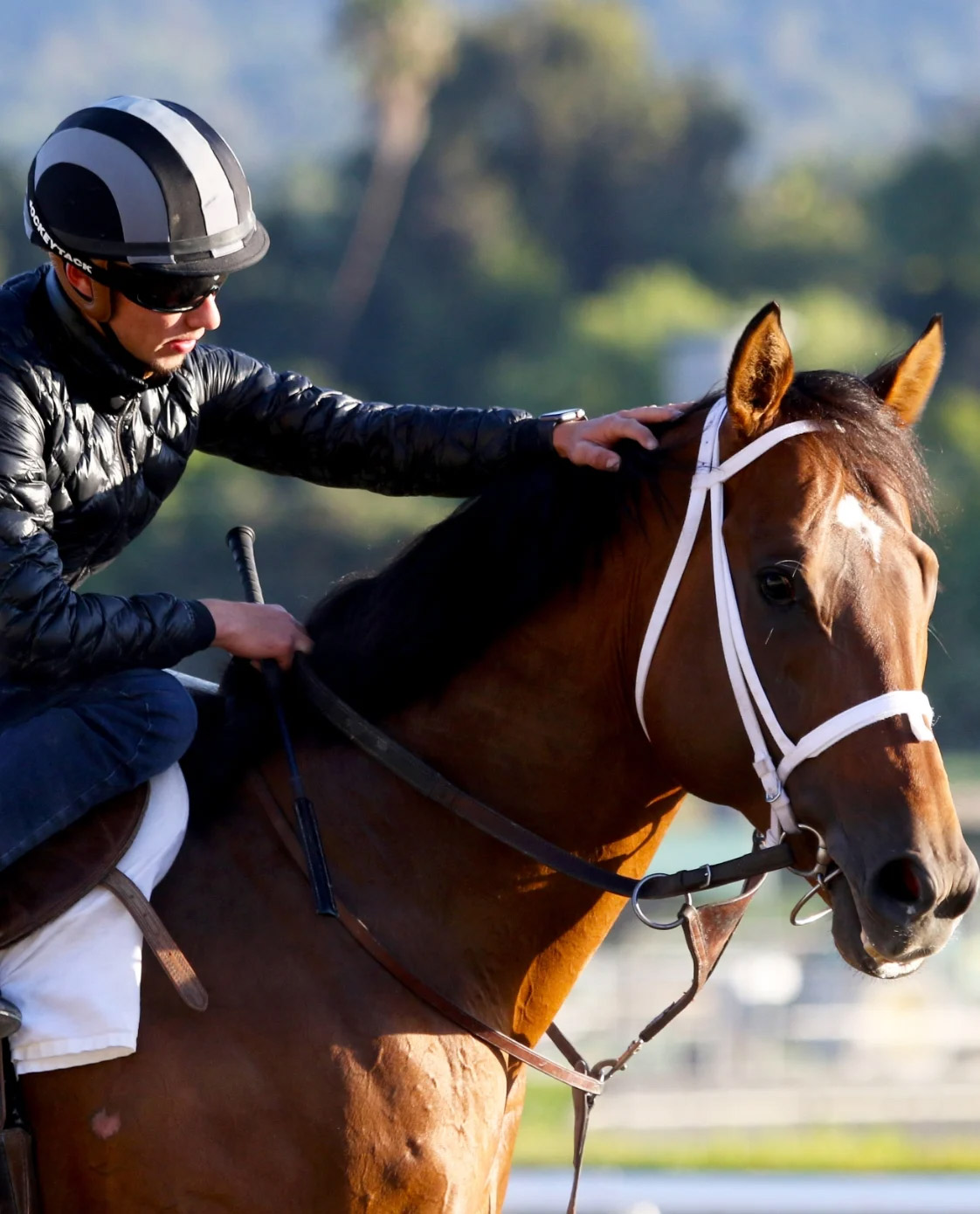
HIGHEST RIDING CROP STANDARDS IN THE U.S.
In partnership with the Jockey’s Guild and the California Horse Racing Board, California Racing has some of the strictest crop rules in the United States. This includes the rules adopted by the CHRB which further regulates the riding crops by limiting the length, weight, and adding foam padding.
The Stronach Group Training Rule: Riding Crops are only allowed to be used in the case of emergency or to provide additional steering encouragement if necessary, but never to encourage speed or used to strike.
AMENDED RIDING CROP RULE EFFECTIVE OCTOBER 1
A more restrictive rule governing use of the riding crop will go in effect October 1 for all thoroughbreds, quarter horse, and mixed-breed races and also during training in California. The amended rule is designed to further protect horses without compromising the safety of horses and riders.
The key revisions to California Horse Racing Board Rule 1688 include:
- Riders cannot use the crop more than six times during a race, excluding showing or waiving the crop or tapping the horse on the shoulder.
- Riders cannot use the crop more than two times in succession (within the six-time limit) without giving the horse a chance to respond before using the crop again.
- The crop must be used in an underhanded position with the crop always at or below the shoulder level of the jockey.
- During training the crop can only be used for the safety of horse or rider.
- Absent mitigating circumstances, which includes but is not limited to use of the riding crop for the safety of horse and rider, if a jockey or exercise rider rides in a manner contrary to this rule, the stewards shall impose a maximum fine of $1,000 and a minimum suspension of three days. in trial heats, the suspension shall include the subsequent related stakes race.
- The jockey or exercise rider shall not be penalized if, in the opinion of the stewards, the use of the crop was necessary for the safety of the horse or rider.

ZERO TOLERANCE POLICY ON HORSE SLAUGHTER
The welfare of our animals is shared by all within the industry. Santa Anita Park and the state of California has a zero tolerance stance on slaughterhouses or sending any racehorse to a possible slaughterhouse associated person, facility or organization. As a trainer and owner, if you are caught sending any racehorse to a slaughterhouse you will be banned from racing horses in the state of California, for life. Charities like CARMA and others work tirelessly to ensure that a racehorse’s second career is a long and prosperous one and there is no excuse to ever forgo the opportunities put forth by organizations that have dedicate their time and money to providing other options.
Toll-free reporting hotline:
Santa Anita Park does not allow the mistreatment, abuse, neglect or abandonment of any animal on its property. The track provides a toll-free reporting hotline (800-805-7223) for any person who wishes to report an incident anonymously. Santa Anita Park and the CHRB investigate all reports made.
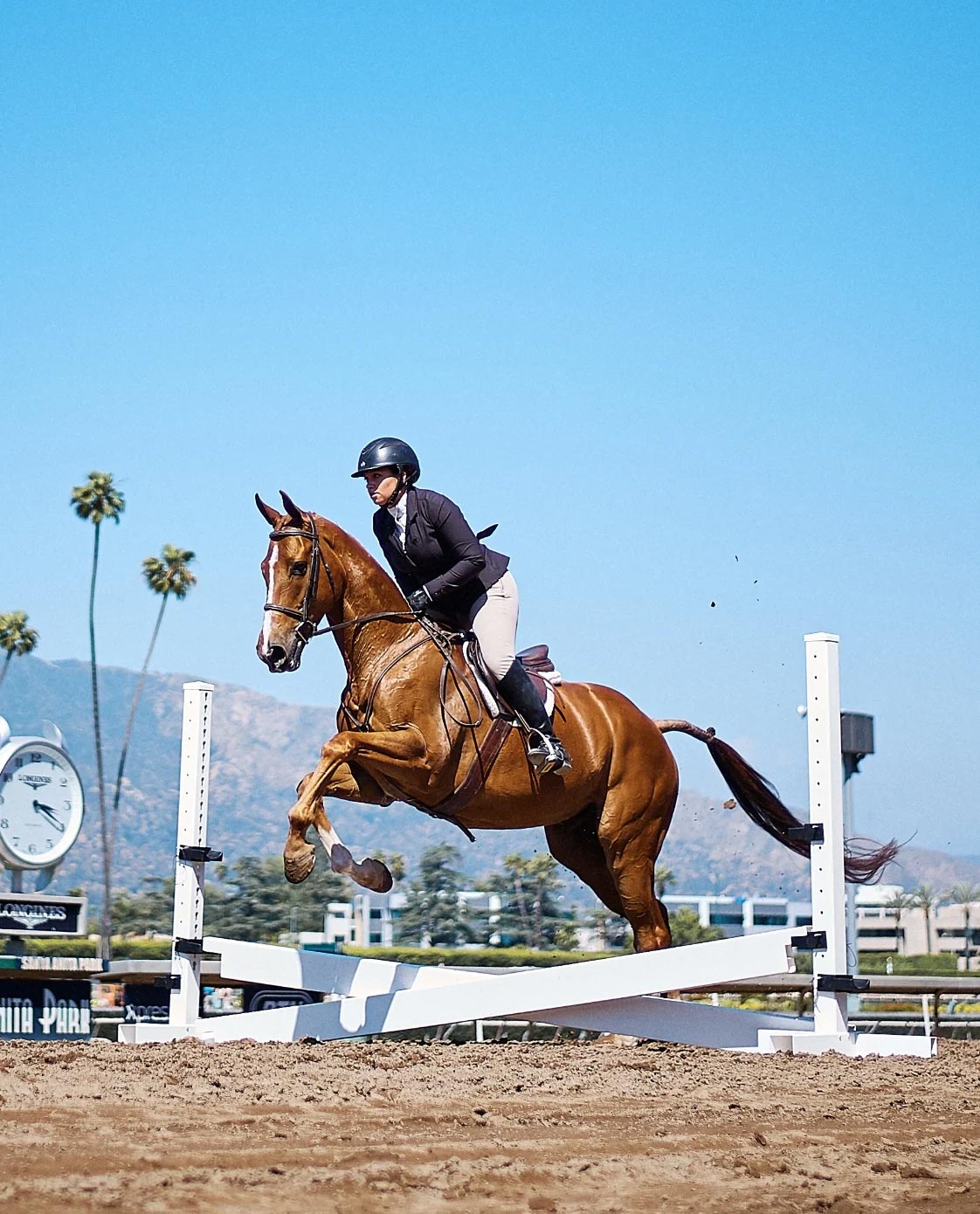
CALIFORNIA RETIREMENT MANAGEMENT ACCOUNT
The California Retirement Management Account (CARMA) provides funding for the retirement of California-raced Thoroughbred horses and serves as an educational resource for the public and racing community.
What is CARMA?
The California Retirement Management Account (CARMA) is a 501c3 non-profit organization founded in 2007 to raise money for retired racehorses. It is responsible for hosting fundraising events, educating owners and trainers about equine retirement, raising awareness and working to unify the racing industry in support of its equine athletes. Ways in which this is accomplished include facilitating the transition of racehorses off the track through its Placement Program and showcasing the breed’s versatility as equestrian mounts at its Thoroughbred Classic Horse Show.
CARMA manages a grant request process and since 2008 has awarded more than 4 million dollars to qualified retirement facilities caring for Thoroughbreds.
Donations are tax-deductible and can be sent to:
CARMA, 285 West Huntington Drive, Arcadia Ca, 91007.
Tax ID #80-0146395
How the CHRB supports CARMA:
Since 2008, the CHRB has allowed for the automatic deduction from the owners’ shares of net purses for the express purpose of helping support California Thoroughbred Retirement/Rehabilitation facilities that provide care and services to retired Thoroughbreds. More than 80 percent of Thoroughbred owners voluntarily participate in the 0.03% (3/10 of 1%) purse contribution program adopted by the California Horse Racing Board (CHRB).
How To Retire Your Racehorse Using CARMA:
1. Call us at (626) 574-6654
2. Complete the 2019 CARMA Horse Questionnaire
3. Sign the 2019 CARMA Transfer and Surrender Form
4. Provide a $500 donation to CARMA

LIFE AFTER RACETRACK RETIREMENT
Thoroughbreds can be retired for a myriad of reasons, some as simple as they didn’t show an interest in racing, showed a lack of speed, or whose owners felt they might be better suited in another area, and are therefore “retired” from racing. There are countless success stories involving former racehorses transitioning into other disciplines. Some become western, trail and pleasure horses, others move on to aiding in therapeutic work, and very often these Thoroughbreds delve in to the area of showjumping. Former racehorses have thrived so much in this field that many hunter/jumper shows now also include a Thoroughbreds only class in which these athletes can continue to thrive.
The racing industry in California provides many options for a retired racehorse to find their second career, one that is best suited for each individual horse.
CARMA: The California Retirement Management Account is a 501(c)(3) Not-for-Profit Organization
Tax ID #80-0146395
TAA: The 501(c)(3) nonprofit Thoroughbred Aftercare Alliance accredits, inspects, and awards grants to approved aftercare organizations to retrain, retire, and re-home Thoroughbreds using industry-wide funding.
Funded initially by seed money from Breeders’ Cup Ltd., The Jockey Club, and Keeneland Association Inc., the TAA is supported by owners, trainers, breeders, racetracks, aftercare professionals, and other industry groups.
Since 2012, the TAA has granted more than $13.8 million to accredited aftercare organizations and 7,800 Thoroughbreds have been retrained, re-homed, or retired by accredited organizations.
Currently, 70 organizations with approximately 160 facilities across the country hold a TAA accreditation.
Down the Stretch Ranch: The foundation is a 501(c)3 non-profit thoroughbred race horse retirement facility which connects injured or retired racehorses with United States Veterans.
TAX ID NUMBER: 47-3514272

MAINTAINING SAFETY THROUGHOUT CA THOROUGHBRED RACING
In California, we’re committed to maintaining the highest animal welfare and safety standards in Thoroughbred racing, and we have a track record of pushing those standards forward. It all starts with doing right by the horse.
What is Cal Racing Cares?
Cal Racing Cares is a tremendous resource dedicated to providing an overview of what racing in California is all about. Learn about protocols, safety procedures and measures, and everything involving the horse and how they are cared for in the state of California.
Stay Informed:
To stay up to date on the California horse racing industry and the Cal Racing Cares initiative, sign up for the Cal Racing Cares newsletter.
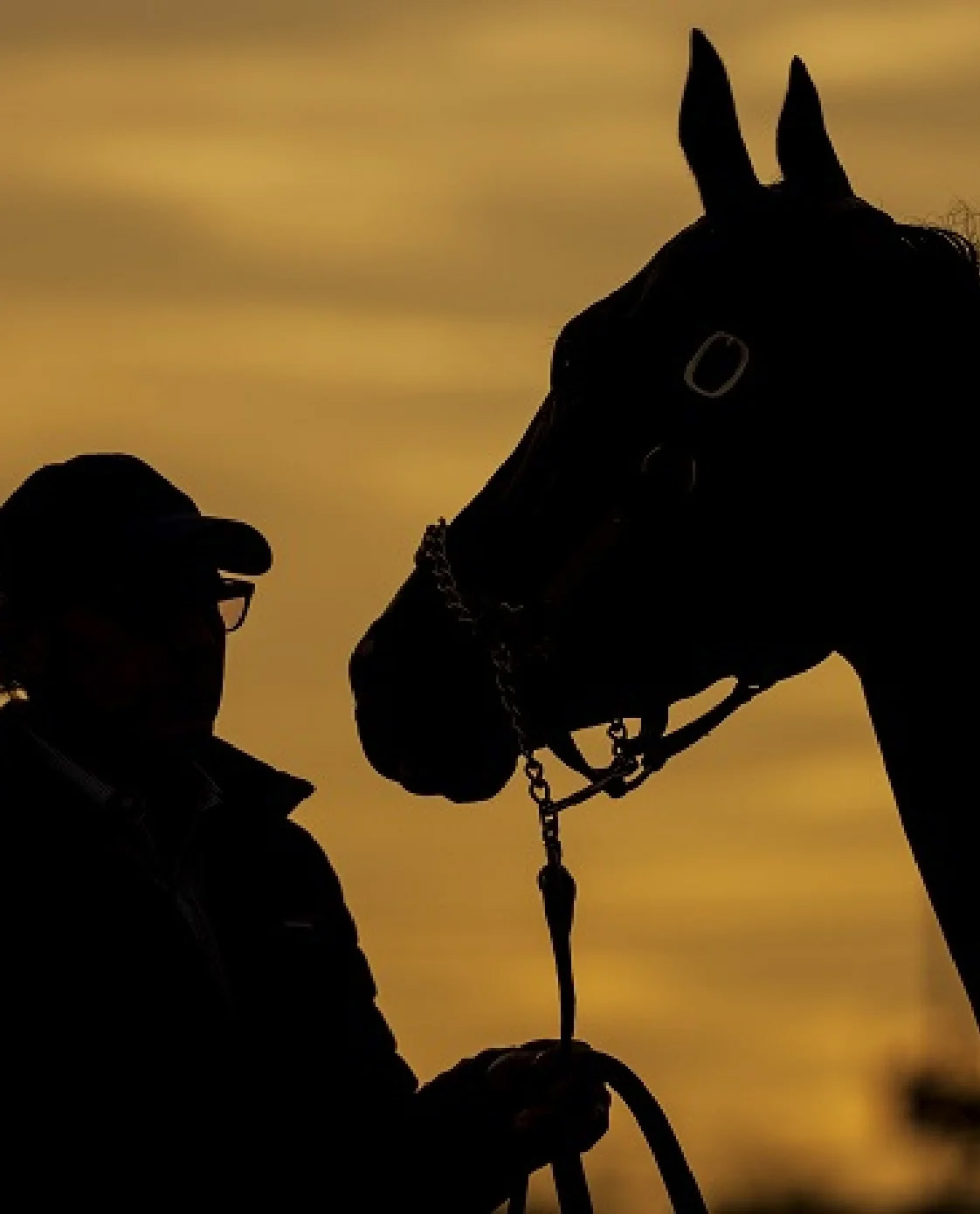
CHARITABLE ORGANIZATION DEDICATED TO THE CARE OF THE HORSE
The Southern California Equine Foundation (SCEF, Inc.) was conceived and developed in 1976 by a group of people who realized no organization existed whose sole function was to protect the interests and promote the welfare of the equine athlete. The organizers felt these athletes should receive the best medical care available and that the horses’ handlers and caretakers needed to be educated in the methods for properly caring for them and preventing injury and disease.
To accomplish this, the SCEF, a non-profit, charitable organization, became the driving force to stimulate, fund, and oversee medical research so that equine athletes could benefit from the advancements in knowledge necessary to ensure their better protection and treatment.
Since its inception in 1976, the SCEF has more than fulfilled its dedicated purpose of “caring for the injured horse.” It has become nationally recognized for the significant impact it has made in the fields of equine medicine and surgery.
Initially, the corporation consisted of nine members with a six-person board of directors that would dictate policy and oversee the operation of the facilities, plus a hospital administrator who would direct the day-to-day functions of the SCEF equine hospital. The board members, who serve both the SCEF and the Dolly Green Research Foundation, continue to donate their time for the betterment of the equine athlete.
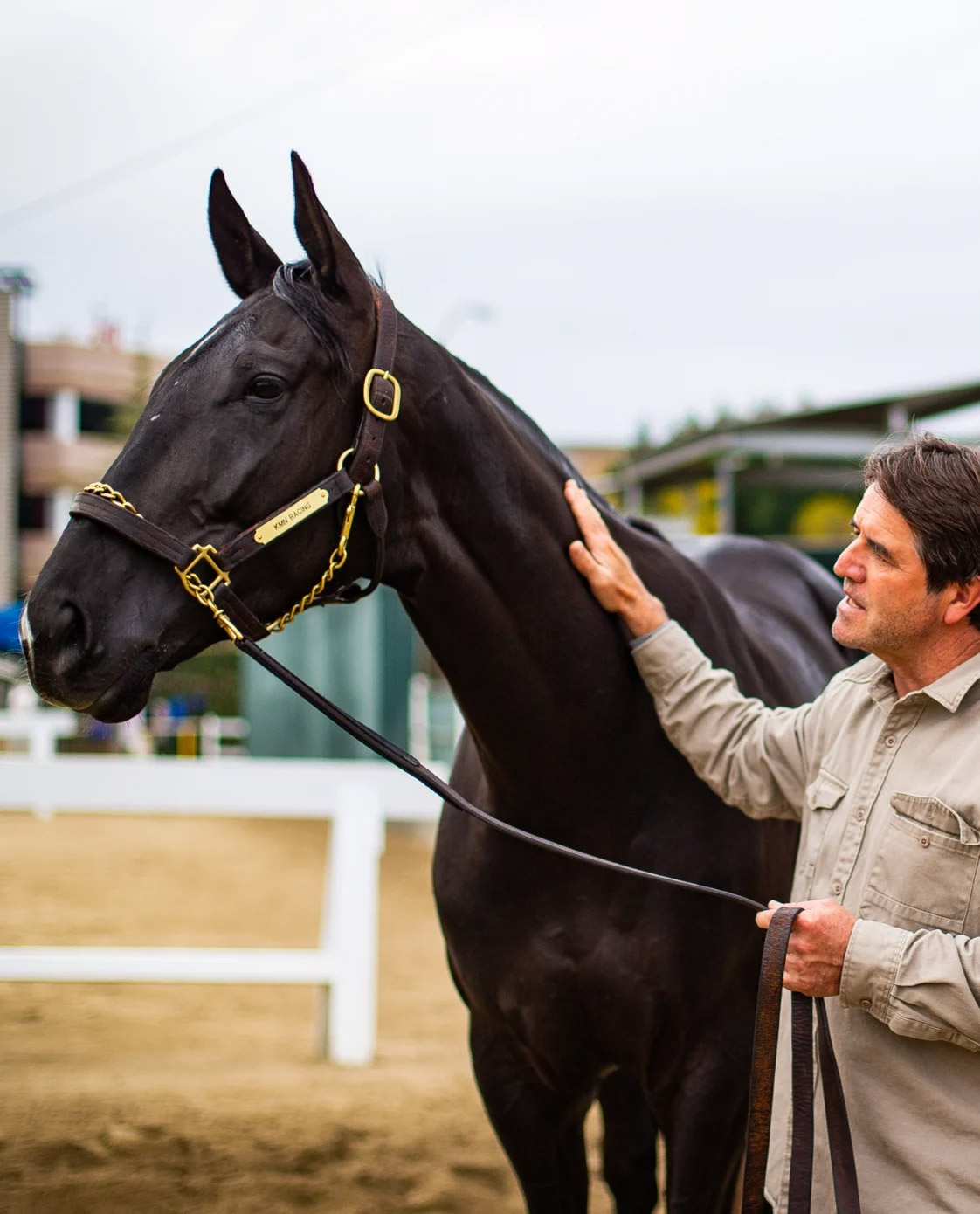
SOUTHERN CALIFORNIA DEVELOPED THE FIRST-EVER EQUINE AMBULANCE
The Southern California Equine Foundation and racetrack veterinarians recognized the need to develop improved methods of transportation and provide immediate medical attention for a traumatized horse. Thus, they developed an equine ambulance specifically designed for the equine athlete.
The first of these modern ambulances was introduced in the fall of 1979 following a three-year study into the requirements of such a vehicle, with the Oak Tree Racing Association providing funding.
The ambulance proved so successful and so popular with horsemen that a second, more sophisticated model was produced in 1981. This time a road-legal tractor was included that could move the new ambulance from track to track. Oak Tree Racing Association once again provided the funds for this unit.
A third unit was created in 1997 as well as a new truck to move the ambulances in 2003. This allows the SCEF to maintain two ambulances at whatever track is conducting live racing and one ambulance at the “off track.” The SCEF also provides an ambulance for use at the Pasadena Rose Parade every New Year’s Day, in the event of any horse emergency.
All three equine ambulances can be lowered completely to ground level, allowing maximum ease in loading an injured horse. They incorporate a hydraulic “squeeze” apparatus to help an injured horse stand without causing further damage. A wench-driven stretcher allows for easy loading of an animal that is recumbent and unable to rise and the unit can accommodate two animals at one time. The ambulances can operate in any type of weather and on any type of track surface or condition.
At the time that the first ambulance was introduced, Dr. Gregory Ferraro and John Kimzey developed the Kimzey Splint. The splint stabilizes a horse’s limb and minimizes any damage a horse might incur during transport and before surgery is performed. The success of these two innovations is magnified by their adoption by racetracks around the world.

VETERAN TRACK EXPERT DENNIS MOORE & TEAM
Dennis Moore and Dr. Mick Peterson of the Racing Services Testing Lab conduct regular testing of the one-mile oval racetrack and turf course to ensure track consistency and uniformity for both training and racing.
Dennis Moore has more than 46 years of experience working with racing surfaces in California and worldwide, and served as Santa Anita Track Superintendent from 2014 until his retirement this past Dec. 31. Currently employed as Track Superintendent at both Del Mar and Los Alamitos, Moore was chiefly responsible for providing Santa Anita with the “El Segundo sand” which was installed here in 2014. The son of a track superintendent, Moore grew up in racing, and in addition to his father, Bob, his brother Ron has also served in the same role at various tracks throughout California. He oversees a team that regularly conducts testing and constant maintenance, sometimes around the clock to guarantee consistent levels.
Technology Used to Test the Track Consistency*
Santa Anita Park & The Stronach Group hired Dr. Mick The Racing Surfaces Testing Laboratory has been a pioneer in creating a Maintenance Quality System, which utilizes both daily measurements and enhanced techniques and technologies to manage racing surfaces with a goal of creating a consistent and safer racing surface.
- Biomechanical tests by a machine that mimics a galloping horse–collects data on deceleration, sliding, surface elasticity, and energy absorption.
- Ground penetrating radar to measure depths of the layers every 10 centimeters along the track.
- Chemical & x-ray diffraction studies on track samples – test for density, moisture content, and mineralogical qualities.
*Information from Sceince Magazine arcticle by Christa Leste-Lassere.


